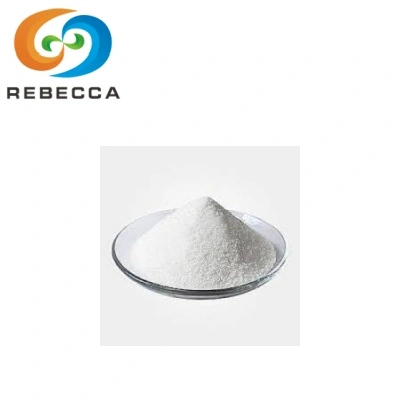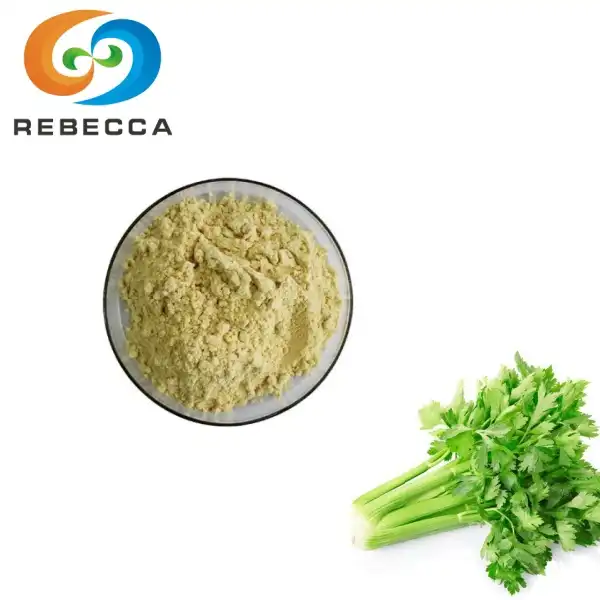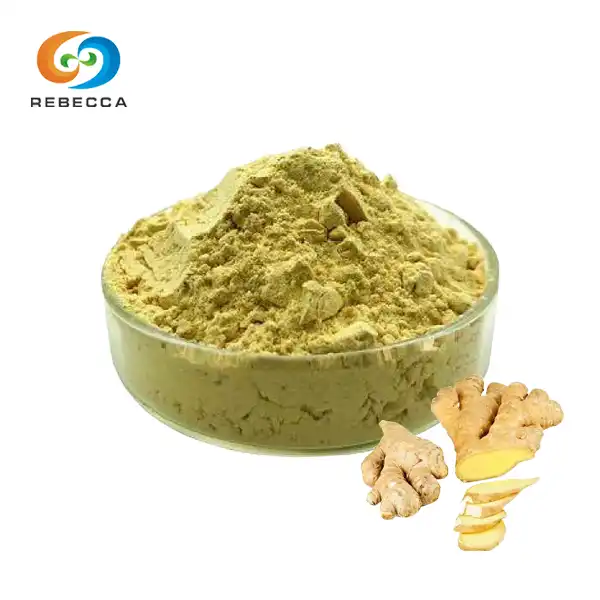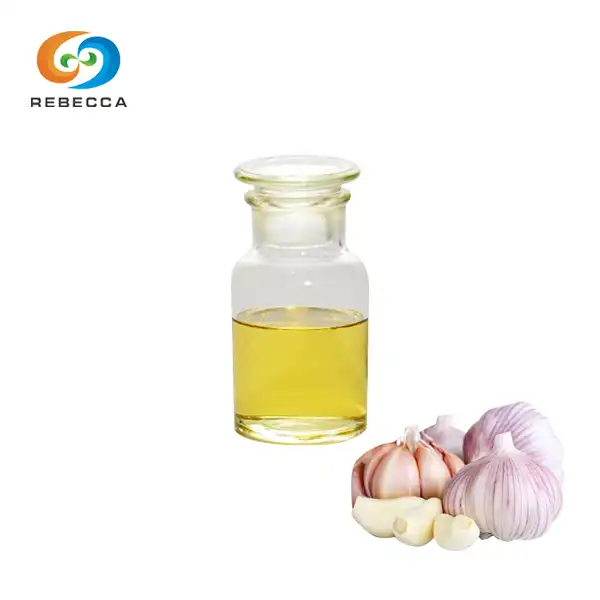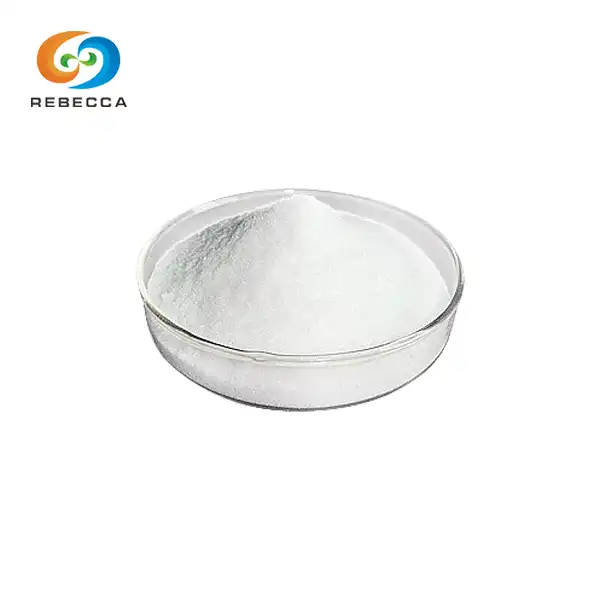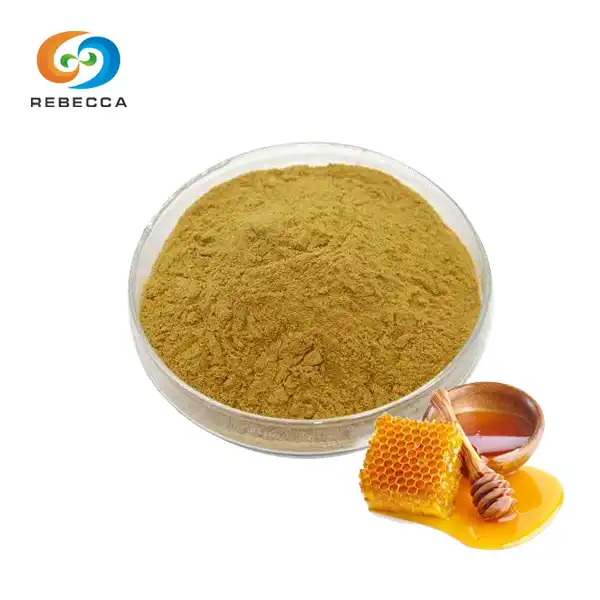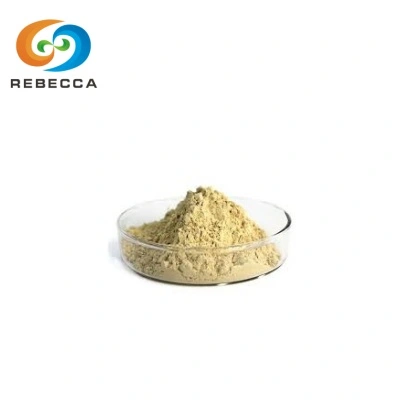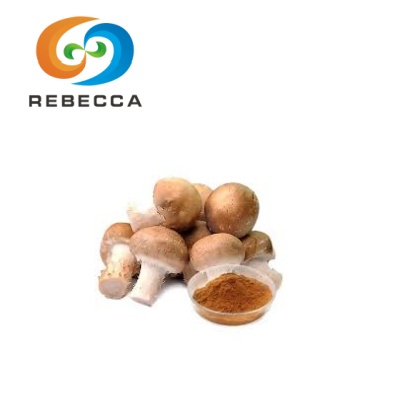Gotu Kola How To Use?
Gotu Kola (Centella asiatica), a herb with a long history in traditional medicine systems like Ayurveda and Traditional Chinese Medicine, is celebrated for its potential to support cognitive function, circulatory health, and skin wellness. Unlike its name suggests, it is not related to the kola nut and contains no caffeine, instead, its benefits stem from active compounds called triterpenoids, including asiaticoside, madecassic acid, and asiatic acid. To unlock its full potential while minimizing risks, it's crucial to understand the proper methods of use, from oral consumption to topical application, as well as key safety precautions.
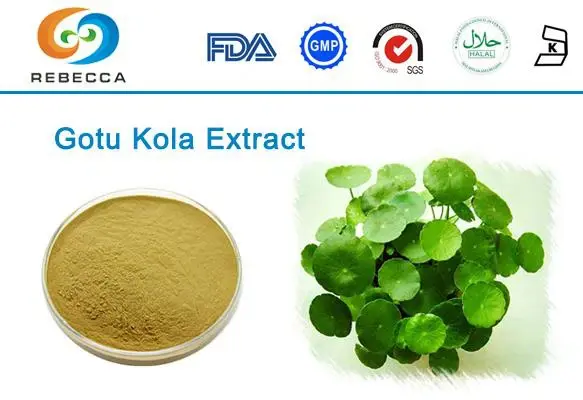
Gotu Kola Extract Powder
English name: Gotu Kola Extract
Latin Name:Centella Asiatica(L.) Urban
Active ingredients: asiaticoside
Specification: 10%-90%
CAS No.: 16830-15-2
Molecular forula: C48H78O19
Molecular Weight: 959.12
Use Part : The whole herb
Appearance: Brown-yellow to White Powder
Mesh size:80 Mesh
Test Method: HPLC
Oral Consumption: Harnessing Internal Health Benefits
Oral use is the most common way to experience Gotu Kola extract's internal benefits, as it allows its active compounds to be absorbed into the bloodstream and distributed throughout the body. The right form and dosage depend on your goals, whether you're seeking cognitive support, improved circulation, or overall vitality, and choosing high-quality products is essential to ensure efficacy and safety.
Capsules and tablets are the most convenient oral forms, especially for those with busy lifestyles. When selecting these products, prioritize standardized extracts, which specify the concentration of triterpenoids (usually 10–20% centellosides). A typical adult dosage is 60–120 mg of standardized extract taken 2–3 times daily. It's best to swallow the capsules with a full glass of water, and if you have a sensitive stomach, take them with a light meal (such as oatmeal or yogurt) to reduce the risk of mild digestive discomfort like nausea or bloating. Avoid chewing the tablets, as this may alter the release of active ingredients.
Gotu Kola powder offers a more versatile option for those who prefer to customize their intake. Made from dried and ground Gotu Kola leaves, the powder can be mixed into a variety of beverages and foods. Start with a low dose of 0.5 grams (about ¼ teaspoon) to test your tolerance, then gradually increase to 1–2 grams per serving. Mix the powder into warm herbal tea, smoothies (blended with banana, spinach, and almond milk works well), or even oatmeal. Avoid using boiling water or high-heat cooking, as excessive heat can degrade the herb's sensitive triterpenoids and reduce its effectiveness.
Herbal tea, or infusion, is a traditional and soothing way to enjoy Gotu Kola. To make it, steep 1–2 teaspoons of dried Gotu Kola leaves in 1 cup of hot (but not boiling) water. Cover the cup and let it steep for 5–10 minutes, this allows the water to extract the herb's beneficial compounds without destroying them. Strain out the leaves and drink the tea warm. You can enjoy 1–2 cups daily, but avoid adding large amounts of sugar or sweeteners, as they may counteract the herb's wellness benefits. For a more flavorful blend, you can combine Gotu Kola with other herbs like chamomile or peppermint.
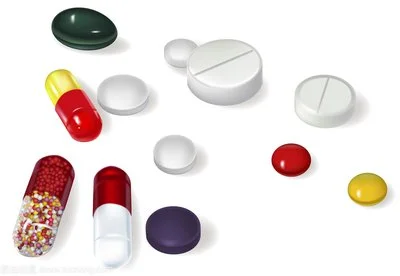
Topical Application: Nourishing and Supporting Skin Health
Topical Gotu Kola is widely used in skincare for its potential to soothe irritation, support wound healing, and improve skin elasticity. When applied directly to the skin, its active compounds can penetrate the outer layers to target specific concerns, making it a popular ingredient in creams, ointments, and natural DIY skincare recipes. As with oral use, proper application techniques and product selection are key to achieving the best results.
Creams and ointments containing Gotu Kola extract are the most accessible topical forms. Look for products where Gotu Kola is listed as a primary ingredient, and opt for those with minimal synthetic additives, fragrances, or preservatives to reduce the risk of skin irritation. To use, first clean and dry the target area, this could be minor cuts, scrapes, stretch marks, or areas of dry, irritated skin. Apply a thin layer of the cream or ointment and gently massage it into the skin using circular motions until it is fully absorbed. Repeat this process 1–2 times daily. Avoid applying the product to open, deep wounds, as well as sensitive areas like the eyes, mouth, or mucous membranes.
Gotu Kola tinctures, which are alcohol-based extracts, can also be used topically but require dilution first. Undiluted tinctures may be too harsh for the skin, especially for those with sensitive skin types. Mix 1–2 drops of the tincture into 1 teaspoon of a gentle carrier oil, such as coconut oil, jojoba oil, or sweet almond oil. Carrier oils not only dilute the tincture but also help moisturize the skin and enhance the absorption of Gotu Kola extract's compounds. Apply the diluted mixture to the desired area using a cotton pad or clean fingertips, and massage gently. This method is particularly useful for targeting small, specific areas of concern, like acne scars or minor rashes.
For a natural DIY skincare option, you can create a Gotu Kola face mask. Mix 1 tablespoon of Gotu Kola powder with enough water or aloe vera gel to form a smooth paste. Aloe vera adds extra soothing properties, making it ideal for sensitive or inflamed skin. Apply the paste evenly to your clean face, avoiding the eye and mouth area, and let it sit for 10–15 minutes. Rinse it off with lukewarm water and pat your face dry. Use this mask 1–2 times a week to support skin health and maintain a refreshed complexion.
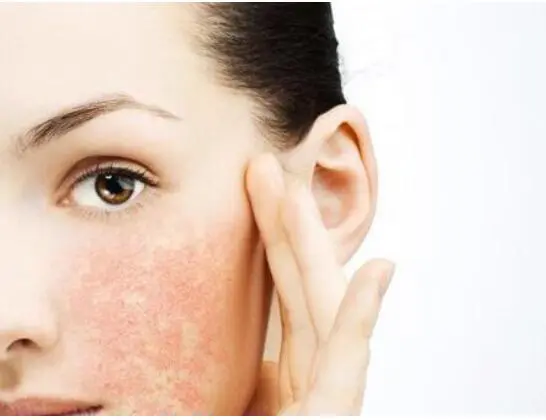
Essential Precautions for Safe Gotu Kola Use
While Gotu Kola is generally considered safe when used correctly, it's important to follow precautions to avoid adverse effects. Like any herbal supplement or skincare product, individual reactions can vary, and certain groups should exercise extra caution.
First and foremost, consult a healthcare professional before using Gotu Kola if you fall into any high-risk category. This includes pregnant or breastfeeding individuals, as there is limited research on the herb's safety in these populations. Suppose you are taking medications, especially blood thinners (like warfarin), sedatives (such as benzodiazepines), or diabetes medications. In that case, Gotu Kola extract may interact with them, potentially altering their effectiveness or increasing side effects. People with liver or kidney disease should also seek medical advice, as the herb is metabolized by the liver and excreted by the kidneys.
Avoid overdosing on Gotu Kola, as high doses can lead to adverse effects. For oral use, do not exceed 600 mg of standardized extract per day, excessive intake may cause dizziness, nausea, headache, or skin reactions like itching or rash. Topically, overuse of concentrated products can irritate the skin, leading to redness or dryness. Always start with the lowest recommended dose or concentration and gradually increase only if you experience no negative reactions.
Prioritize product quality to ensure safety and efficacy. Choose organic Gotu Kola products whenever possible to avoid exposure to pesticides, herbicides, or other contaminants. Look for third-party testing certifications, such as USP (United States Pharmacopeia) or ConsumerLab, which verify the product’s purity and potency. Avoid products that do not list their ingredients clearly or lack information about the concentration of active compounds.
Finally, use Gotu Kola for short-term periods unless advised otherwise by a healthcare professional. Most experts recommend using it for 4–8 weeks at a time, then taking a break of 2–4 weeks before resuming use. Long-term, continuous use has not been extensively studied, and prolonged intake may increase the risk of cumulative side effects. If you plan to use Gotu Kola for a specific health concern, work with a doctor or herbalist to develop a personalized, safe plan.
Incorporating Gotu Kola extract into your wellness routine can be a beneficial way to support your health, but it requires knowledge and care. By choosing the right form, following dosage guidelines, and adhering to safety precautions, you can harness the herb’s potential while keeping yourself safe. Whether you prefer oral consumption for internal benefits or topical application for skin health, Gotu Kola offers a natural, versatile option for enhancing overall well-being.
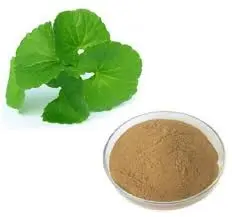
Gotu Kola Extract Powder Supplier
Rebecca Bio-Tech provides premium gotu kola extract powder sourced from the whole herb of Centella Asiatica(L.) Urban. Our extract is standardized to contain 10%-90% asiaticoside, the active ingredient responsible for its many health benefits. The powder ranges in color from brown-yellow to white and is finely milled to an 80 mesh size for consistent quality and easy formulation. It is rigorously tested using HPLC to ensure purity and efficacy, with the molecular formula C48H78O19 and CAS number 16830-15-2.
Designed to meet the demanding standards of pharmaceutical, healthcare, beverage, and cosmetic industries, our gotu kola extract powder offers stable supply, controlled quality, and excellent after-sales support. Whether you are enhancing your product line or beginning a personal wellness journey, our team is ready to assist you with expert advice and tailored solutions.
To learn more or request a sample, please contact us at information@sxrebecca.com.
References
Dwivedi, C., & Pandey, V. (2014). Centella asiatica: From traditional medicine to modern medicine.
Li, Y., Zhang, L., Wang, H., et al. (2024). Quercetin mediates the therapeutic effect of Centella asiatica on psoriasis by regulating STAT3 phosphorylation to inhibit the IL-23/IL-17A axis.
World Health Organization. (2009). WHO monographs on selected medicinal plants (Vol. 2). WHO Press.
Shah, S., & Srivastava, A. (2011). Evaluation of wound healing activity of Centella asiatica in rats.
National Center for Complementary and Integrative Health. (2021).
